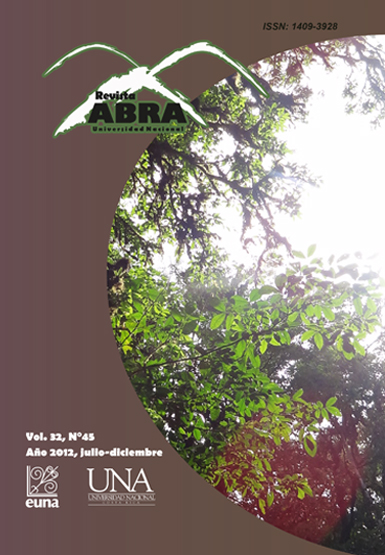Rates and statistics of work absenteeism: the case of Universidad Nacional (Costa Rica)
Keywords:
work absenteeism, work absenteeism indicators, safety and health policies at workAbstract
The objective of this research was to determine rates and statistics of work absenteeism due to medical conditions at Universidad Nacional in Heredia, Costa Rica, from November 2005 to October 2007. A descriptive-quantitative study was conducted to analyze the variables for the above period. A total of 4,345 sick leave forms were generated, which represented 24,551 work days lost. The average absenteeism rate was 2.46%, while the frequency rate showed a cyclic behavior during the months with more and less incidence of sick leave forms. The severity rate determined that the most affected units were the Graduate Studies Department and the Academic Affairs Commission, and the average sick leave duration was 5.66 days. The occupational groups with more sick leave permits were identified and the top possible cause for work absenteeism in those groups was respiratory conditions. University authorities should deeply reflect on these findings to achieve short term comprehensive efficient and productive safety and health policies for Universidad Nacional employees. This research should be a starting point for future studies that will complement and include work absenteeism in an integral way as part of Talent Management in the institution.
Downloads
Published
How to Cite
Issue
Section
License
This publication is under a Creative commons attribution NonCommercial-ShareAlike 4.0 International and all restrictions and attributions must be regarded.
Authors that publish in this journal agree to grant exclusive, costless, worldwide and timeless ownership of their rights over the paper to Universidad Nacional, Costa Rica.
Revista ABRA by Universidad Nacional is licensed under a Creative Commons Reconocimiento-NoComercial-CompartirIgual 4.0 Internacional License.
Creado a partir de la obra enhttp://www.revistas.una.ac.cr/index.php/abra.











